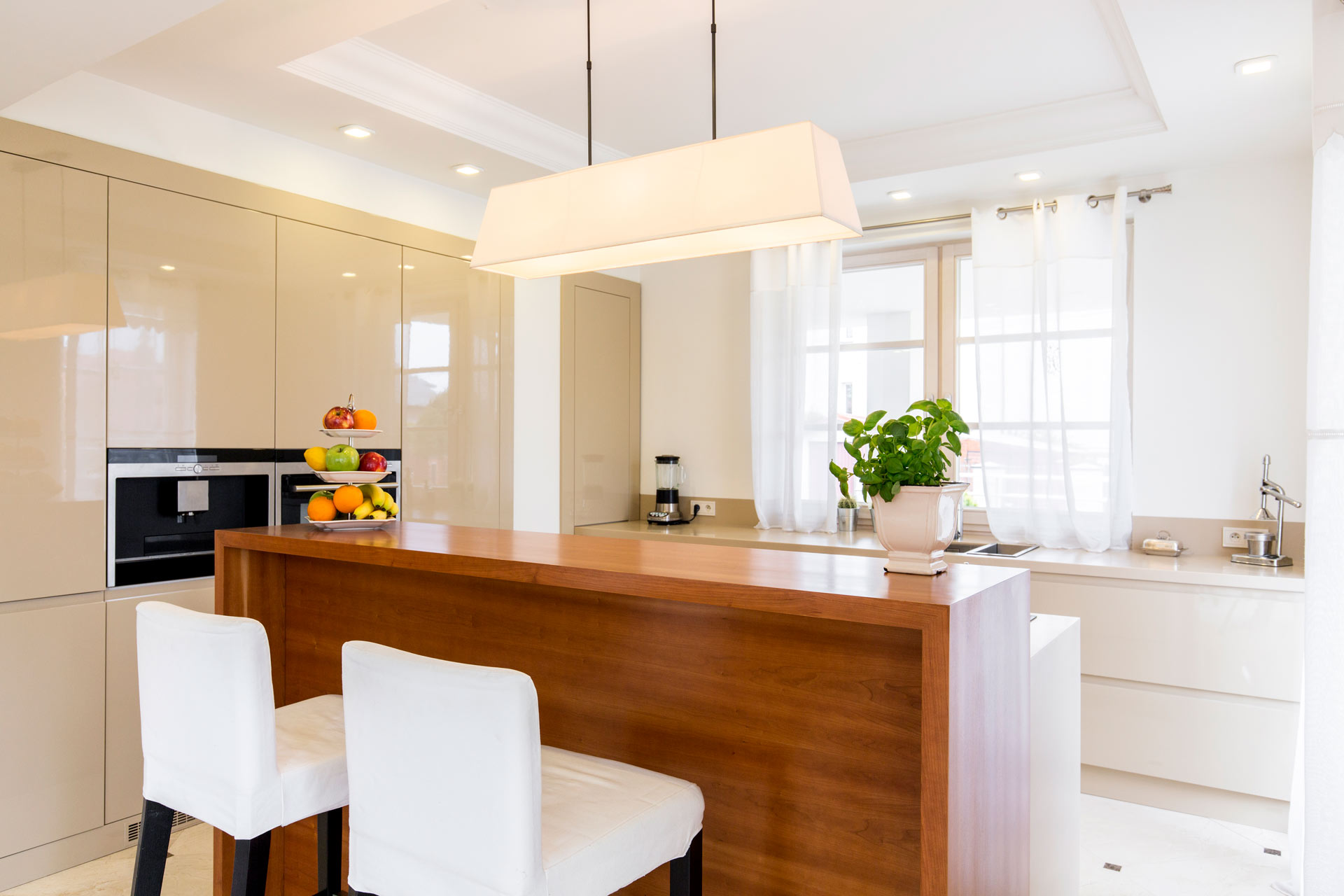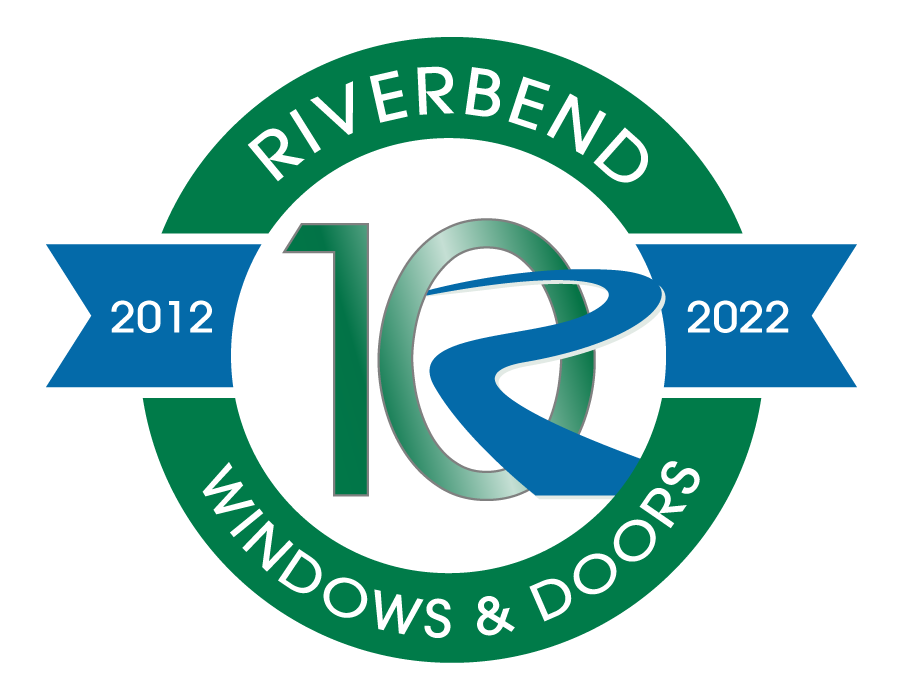If you are planning a window replacement project, it is crucial to understand the differences between casement and awning windows to make the best decision. Casement and awning windows are perfect for any window replacement exercise, but some differences make one better for a location than the other.
 As a result, we have compiled the differences between casement and awning windows to make your window replacement project effortless and smooth. Read more.
As a result, we have compiled the differences between casement and awning windows to make your window replacement project effortless and smooth. Read more.
Differences between Casement and Awning Windows
The following are some differences between casement and awning windows:
1. Hinge System
Although casement and awning windows are crank windows, they are hinged differently. Casement windows are hinged at the side and can open to either right or left, depending on which side it is hinged to the window frame. On the contrary, awning windows are hinged at the top and open outward. Your preferred hinge system will determine the suitable type for your window replacement project.
2. Space Configuration
Casements windows are perfect for openings with a higher height than the width. Awning windows, on the other hand, are best suited for openings with a greater width than the height. The window space will determine the best between casement and awning windows for your window replacement task.
3. Opening Space
The structure of the casement and awning windows determines the space they need to open fully. Although the two types of windows open outwards, awning windows require ample space outdoor to open fully. Meanwhile, casement windows require less space to open fully. This factor can impact your experience; that is why you should measure window space and choose the appropriate type between casement and awning windows.
4. Ease of Cleaning
It is much easier to clean casement windows than awning windows. Cleaning is a factor that should be prioritized when choosing the window for specific rooms in your house. Casement windows open up to 90 degrees and can be cleaned thoroughly from inside. To clean awning windows, you have to go outside and use a ladder. As a result, if the window you want to install in a particular room requires regular cleaning, choose casement windows after considering other factors discussed above.
5. Orientation
Casement windows are designed with vertical orientation and area hinged to either the right or left side of the frame. Awning windows have horizontal orientation and hinged at the top. Casement windows swing open like doors while awning windows open outwardly upward.
Regardless of your choice between casement and awning windows, you can complete your window replacement project with peace of mind. They are both energy-efficient and will enhance the aesthetics and functionality of your home. Meanwhile, your window space and preference will determine your choice.
